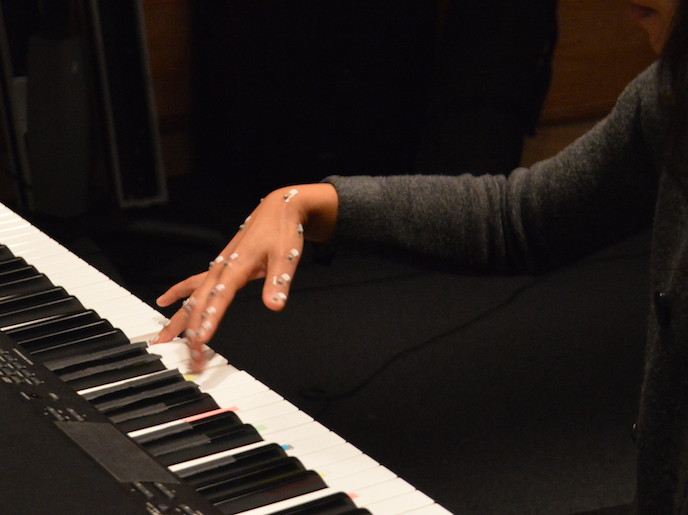Factors affecting information processing
Perceptual load refers to the theory that irrelevant factors affect selective attention more adversely during tasks of relatively lower complexity. The project 'The role of human motivation in visual attention and awareness under load' (LOADEMVS10) investigated the applicability of this concept to motivationally important stimuli such as monetary reward or loss. The associated neural correlates for selective visual attention were also identified. To provide motivational salience, six neutral faces were associated with high or low gain and loss as well as indifferent outcome during a value learning task. These faces were then used as distractors in letter-search experiments with varying perceptual loads. Results revealed that 'high' predictable faces affected performance during letter-search tasks unlike 'low' and neutral faces. However, during high perceptual loads, high-loss faces were significantly less distracting than high-gain faces. The next set of letter-search experiments were conducted using pleasant and unpleasant images or happy and angry faces as distractors under low and high perceptual load. Negative stimuli, be it emotions or pictures, had lower impact in terms of distraction during high-load tasks unlike positive or neutral stimuli. These results are consistent with the first set of experiments in terms of information processing during positive distractors. The third set of experiments tested the combined impact of both motivational salience and emotional stimuli during visual information processing. Positive emotional stimuli and high-gain consistently affected performance whereas negative stimuli or loss affected performance only when they were introduced unexpectedly. Another aspect investigated was the effect of working memory on selective attention using motivationally salient distractors. Working memory refers to the ability to prioritise information based on task-relevance. Findings indicated that all positive or negative stimuli significantly affected working memory performance, particularly in high-load conditions. To correlate such information processing under motivationally salient stimuli with neural activity, researchers also performed functional brain scans. Responses were higher for faces with higher motivational value even when the faces were invisible. Overall, project findings suggest that modulation of preconscious neural activity and neural plasticity occurs during perceptual learning when presented with high motivational or positive emotional stimuli. These results have significant implications in improving task performance through a better understanding of factors affecting visual attention, memory, and awareness.







